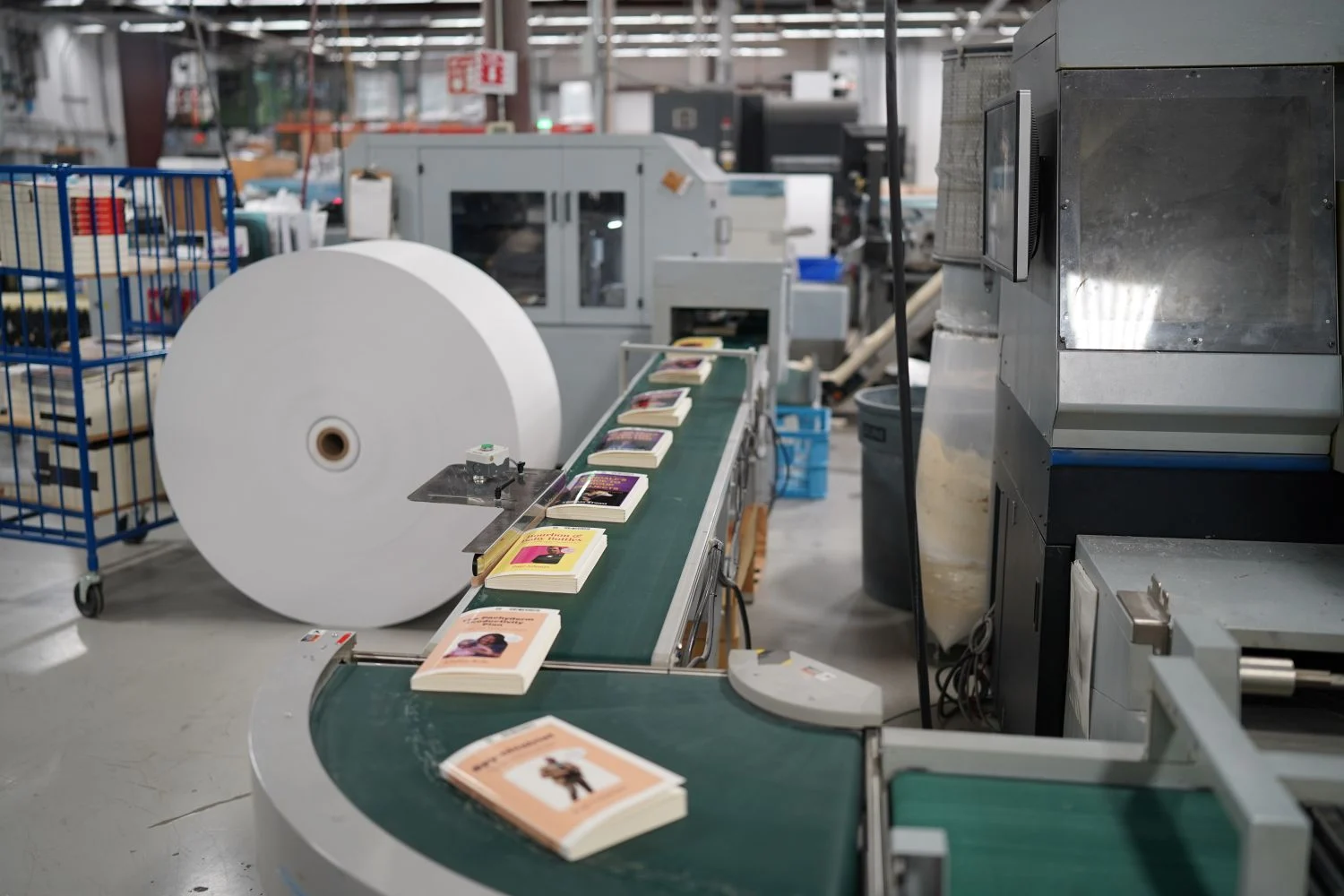You may have dismissed co-mail when it originated years ago, but with the recent hike in postage rates, now is a good time to look into cost-saving measures. Even if co-mail wasn’t right for you in the past, reconsidering co-mail could mean reducing costs for your publication.
“The primary advantage of co-mailing is to reduce your distribution costs,” said Walsworth Mail Services Manager Kerry Still.
His 20+ years of experience make him well-suited to explore the pros and cons of co-mail.
The basics
Most people who have spent time in the publishing industry will have a pretty good idea of how commercial mail, or bulk mail, works.
 Kerry Still laid out the fundamental principle of commercial mail: “The larger the mailing, the easier it is to get lower postage rates.”
Kerry Still laid out the fundamental principle of commercial mail: “The larger the mailing, the easier it is to get lower postage rates.”
However, some publications are never going to hit the numbers needed to qualify for the lowest USPS rates. Co-mail allows these smaller print runs to team up with other publishers that have smaller circulations. Added together, everyone in the pool gets counted as part of a large mailing that receives postage rate discounts.
Print manufacturers often maximize this pooling effect by partnering with logistic companies that consolidate large co-mail pool. Walsworth has been utilizing co-mail for more than a decade and partners with two consolidators located in the Chicago, Illinois metro.
“You can envision it,” explained Still. “There are all these magazine titles from different publishers arriving in this big consolidation facility. Their machinery pulls publications from feeders to match them up with others going to a nearby address, and then it creates bundles that are organized onto pallets headed for specific USPS destination entry points.”
If you would like to watch the process for yourself, ALG Worldwide Logistics did a good job explaining the specifics of co-mail in this video.
Why doesn’t everyone use it?
Opposition to co-mail may be rooted in the past.
One reason publishers resisted was the fact that co-mail requires publishers to use USPS’s Centralized Account Processing System (CAPS) program for payment. More recently, USPS added Enterprise Payment System (EPS). When CAPS first became a requirement for co-mail, some publishers were hesitant to have postage charges automatically withdrawn from their bank account by USPS instead of having the control of writing a check using their normal Accounts Payable process.
Another reason publishers resisted using co-mail is that the consolidation process typically adds a few days to delivery time. For most publications, the postage savings is worth the slight delay, but some publishers didn’t want the delay. Over time as co-mail has become an established process, it has provided mailers a very reliable delivery schedule. Even though a co-mailed piece may take slightly longer to deliver, co-mail delivery windows have become very predictable and are known months in advance.
“I’m not saying regular mail is unreliable. I’m just saying things happen. And it’s risky business to always count on being faster just because you’re using first class mail,” said Still.
Is co-mail right for you?
It’s hard to know from just a blog post. But, you can learn more about Walsworth mail solutions, or simply get in touch and talk to us about the available mail options. Ask us about doing a co-mail analysis for your distribution needs.






